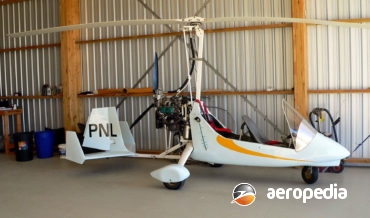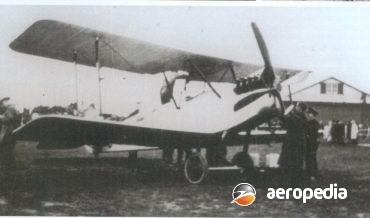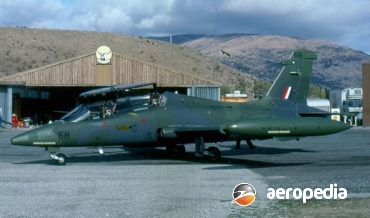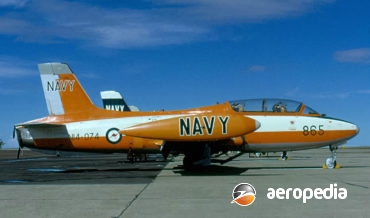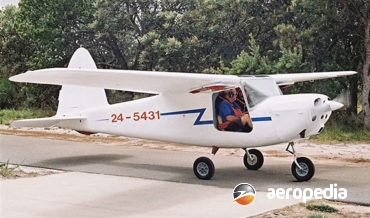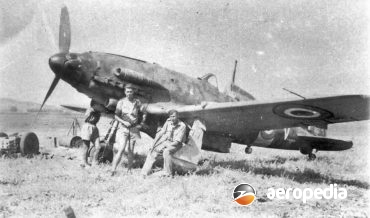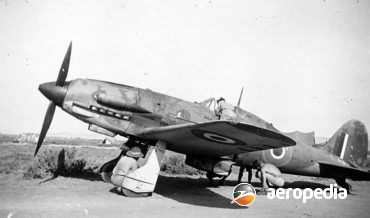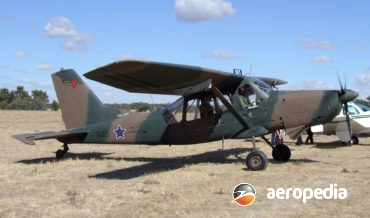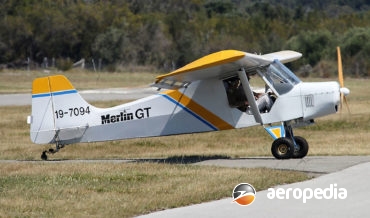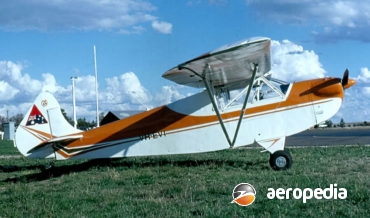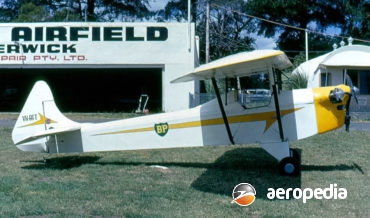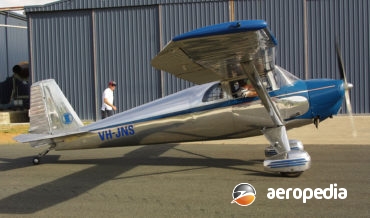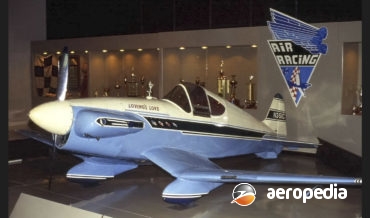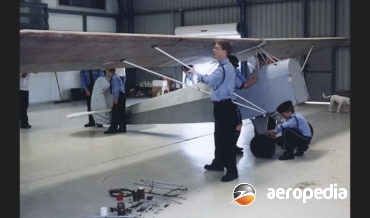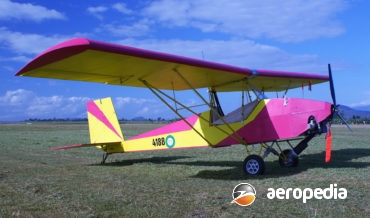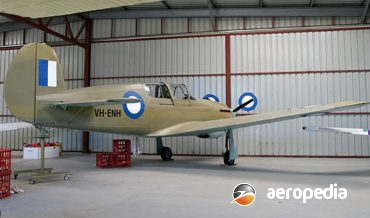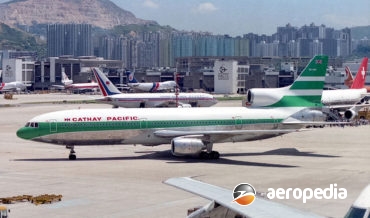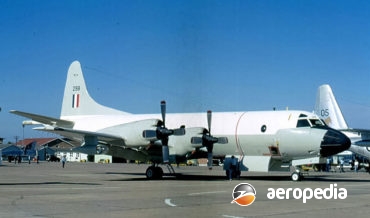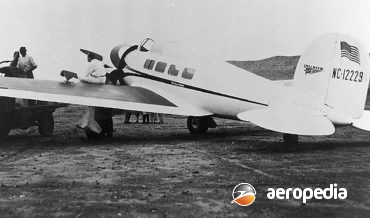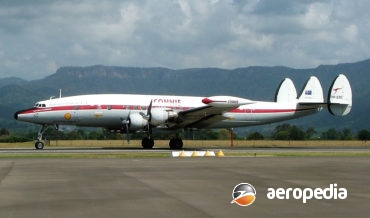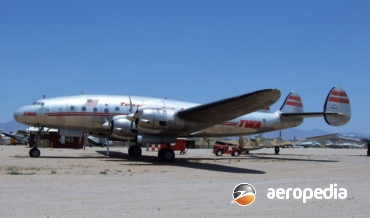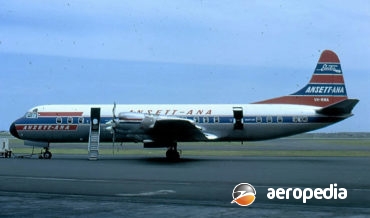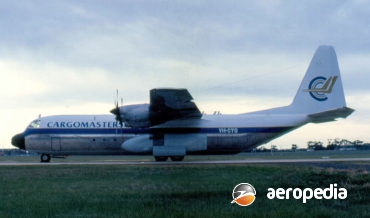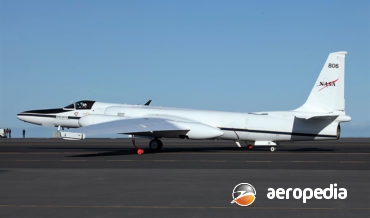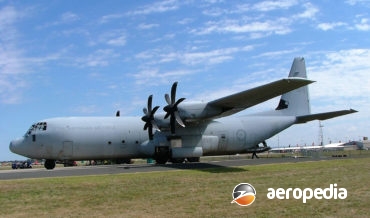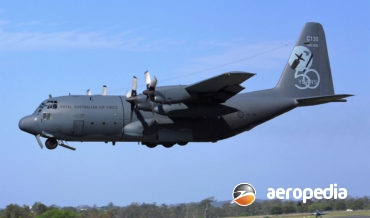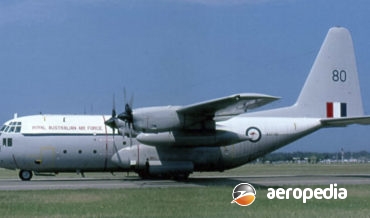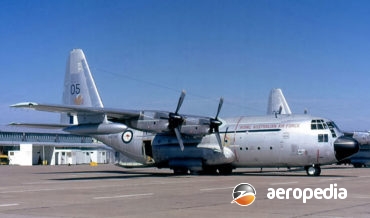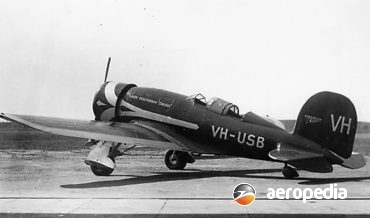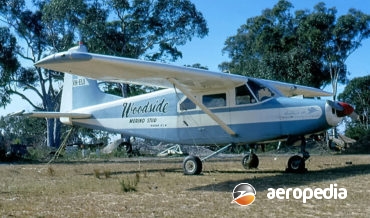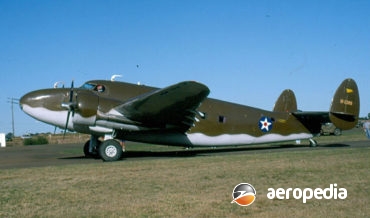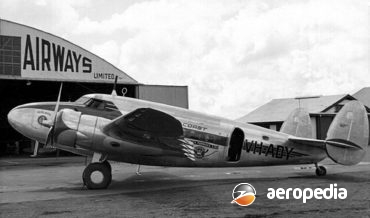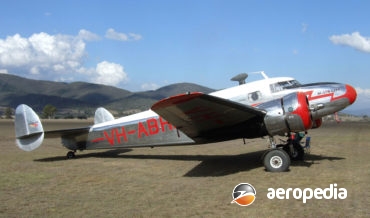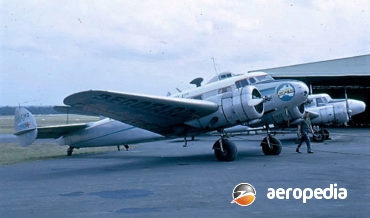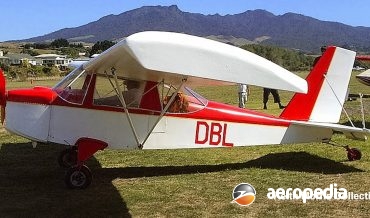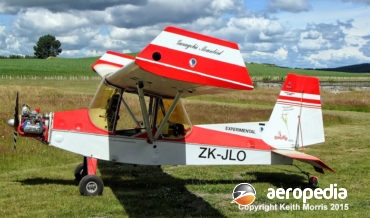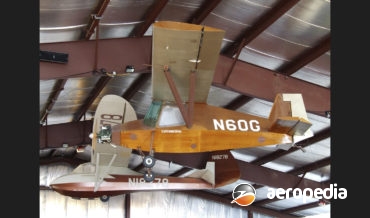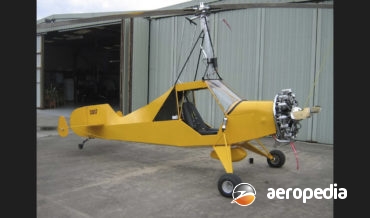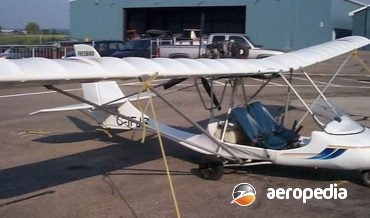All Contents
Contents
The M-16 series is one of a series of gyrocopters produced in Italy by Magni and is aimed at the training market for gyrocopters, the machine being longer and wider in the cockpit area, having a larger windscreen, an optional removable rear seat windscreen, a larger instrument panel, standard electric
David C. Eyre
- May 8, 2019
On 28 June 1896 Mr Gotthilf [George] Mackenzie Jnr was born at Woorak VIC. He from a young age was interested in aviation and built model aircraft and in 1917 joined the Australian Flying Corps, commencing duties as a rigger at Point Cook.
David C. Eyre
- May 8, 2019
For some years the New Zealand Government considered a replacement for the ageing and fatigue prone Strikemasters with No 14 squadron at Ohakea and, after postponing selection a number of times, announced the purchase of either 16 or 18 MB-339Cs in early 1990 –the RNZAF eventually receiving 18 aircraft with
David C. Eyre
- May 8, 2019
Preliminary design work on the MB-326 series began in 1954. Construction of a prototype also started during that year, and the first flight was made in December 1957.
David C. Eyre
- May 8, 2019
Manufactured by Aeronautica Macchi SA at Varese in Italy, the MB-308 was built in two basic variants, the two-seat 308 and the three-seat 308G.
David C. Eyre
- May 8, 2019
Photograph: Macchi C.205V MM9377 whilst with No 3 Squadron RAAF in North Africa (Author’s collection) Country of origin: Italy Description: Single-seat fighter and fighter bomber Power Plant: One 1,100 kw (1,475 hp) Fiat RA.1050 RC58 Tifone 12-cylinder VEE liquid-cooled engine Specifications: Wingspan: 10.58 m (34 ft 8½ in) Length: 8.85
David C. Eyre
- May 8, 2019
The C.202 Folgore (Lightning) was first encountered by allied forces over Sicily in 1941 and was found to be the Regia Aeronautica’s (Italian Air Force) first fighter aircraft able to cope with allied fighter aircraft and was reported to retain the beautiful control co-ordination and superlative manoeuvrability which had characterised
David C. Eyre
- May 8, 2019
The AM-3 was a joint venture by Aerfer Industrie Aerpospaciali Meridionali SpA of Turin, and Aermacchi of Varese, to produce a three-seat light tactical support and observation aircraft
David C. Eyre
- May 8, 2019
The Merlin was designed in 1986 by John Burch in Canada as a two-seat light aircraft for the amateur construction market.
David C. Eyre
- May 8, 2019
The Luton Major, a tandem two-seat cabin monoplane, was designed by the Luton Aircraft Company in 1939 as a successor to the Luton Minor. The Major was also intended to be constructed by amateurs. Designed as a low-cost aircraft, it could be fitted with a variety of engines varying in
David C. Eyre
- May 8, 2019
The Luton LA-4 Minor single-seat, ultra-light aircraft was designed by Luton Aircraft in the United Kingdom in 1936. The prototype was flown in that year fitted with a 26-kw (35-hp) Anzani engine. Subsequently it was modified to make the design more suitable for amateur construction, and a number were built
David C. Eyre
- May 8, 2019
The Luscombe series of light monoplanes was introduced by the Luscombe Airplane Corp in 1937. Powered by a 37-kw (50-hp) Continental engine, the Model 8, also known as the Luscombe 50, received type approval in August 1938. Production rate was quickly increased to meet demand, with most aircraft being delivered
David C. Eyre
- May 8, 2019
The WR-1 Love was a single-seat high performance gull-wing monoplane designed in the 1950s by Neal Loving and built by Wayne Aircraft Co of Detroit, Michigan. It flew for the first time on 7 August 1950 and qualified as a ‘midget racer’ under NAA rules on 18 August 1951. Sets
David C. Eyre
- May 8, 2019
The Longster was a single-seat light parasol-wing aircraft designed for amateur constructors in the late 1920s by the Long Brothers who operated a radio factory in Cornelius, Oregon. Their first design left much to be desired and they abandoned that and built the Anzani Longster in 1930, this being a
David C. Eyre
- May 8, 2019
The Sport Parasol is a single-seat light, simple, wooden aircraft with fabric covering produced by Loehle Aircraft Corp of Wartrace, Tennessee to meet a market for a cheap, light, easy to build ultralight. Wings are detachable for storage and trailering.
David C. Eyre
- May 8, 2019
The Loehle Aircraft Corp is based in Wartrace, Tennessee in the United States and has in recent years produced a series of ¾-scale replicas of World War I and II fighters in kit form, the latter included the P-40 Kittyhawk, the Supermarine Spitfire, and the North American Mustang. The
David C. Eyre
- May 8, 2019
The Lockheed L-1011 Tristar (Model 193) was designed as a competitor for the Douglas DC-10, the manufacturer being approached by American Airlines to build an airliner smaller than the Boeing 747 but able to operate from its main bases at Dallas and New York to London and South America.
David C. Eyre
- May 8, 2019
One of the many variants of the maritime patrol Lockheed Orion, the TAP-3B was developed from the P-3B series to serve as a trainer and transport in order to conserve the airframe life of the Lockheed P-3C fleet of the US Navy. Three examples were obtained as the TAP-3B (Trainer
David C. Eyre
- May 8, 2019
In the 1920s Lockheed introduced the Model 8 Sirius which had been designed by Gerald Vultee. This was followed by the Model 9 Orion in 1930, which seated six passengers and a pilot.
David C. Eyre
- May 8, 2019
The concept of the C-17 commenced in the late 1970s when the United States was looking for a new long-range transport.
David C. Eyre
- May 8, 2019
In 1938 Lockheed commenced design of a four-engine airliner known as the Excalibur 44, leading in 1939 to an aircraft known as the Constellation, powered by Wright R-3350 engines.
David C. Eyre
- May 8, 2019
The Lockheed Model 49 Constellation, known originally as the Excalibur 44, was developed into a variety of variants over a period of 20 years to the Starliner.
David C. Eyre
- May 8, 2019
The Lockheed Electra was the only major US-built airliner to use turboprop engines and, although 144 aircraft had been ordered by operators from the manufacturer at the time production commenced, only a further 26 orders were delivered.
David C. Eyre
- May 8, 2019
On 21 April 1964 Lockheed flew a civilian freight example of the military C-130 transport and placed it into low-rate production. This aircraft was used as a civil demonstrator, and was basically a C-130E without military equipment.
David C. Eyre
- May 8, 2019
The ER-2 is a derivative of the Lockheed U-2 series built for the North American Space Administration (NASA) and the first aircraft was delivered in 1981, being based at the Dryden Flight Research Center (which later became the Armstrong Flight Research Center)
David C. Eyre
- May 8, 2019
In the 1990s Lockheed privately funded a development of the very successful (over 2,000 built) Hercules series, and the C-130J was the most comprehensive update of the type to date.
David C. Eyre
- May 8, 2019
Following the success of the C-130E, development of the Hercules has continued. The C-130F was a transport version for the US Navy; the HC-130G was for the US Coast Guard for search and rescue duties; and the C-130H was basically a C-130E model with up-rated engines.
David C. Eyre
- May 8, 2019
Development of the Hercules has continued over the years. After the C-130A was the C-130B, which differed from the C-130A in having up-rated T56-A-7 engines and four-blade Hamilton Standard propellers in place of the three-blade Aeroproducts units.
David C. Eyre
- May 8, 2019
The most successful large military transport in the Western inventory, and with more than 2,000 examples built in a variety of versions, the Hercules continues in production in the C-130J variant.
David C. Eyre
- May 8, 2019
The Lockheed Sirius was designed by Gerrard Vultee for Colonel Charles Lindbergh, being built at Burbank, California. It was a low-wing monoplane with two cockpits and was used to set a number of US trans-continental records.
David C. Eyre
- May 8, 2019
The Lockheed 60, also known as the LASA-60, the CL-402, and the Santa Maria, was designed and built by Lockheed’s Georgia Division to a specification prepared by General Juan Azcarate of Mexico.
David C. Eyre
- May 8, 2019
The Lockheed Model 18 Lodestar, a development of the Model 14 Super Electra transport, was manufactured in a variety of models with a variety of engines, depending on customer requirements.
David C. Eyre
- May 8, 2019
The L.14, or Super Electra as it was known, was introduced to the Worlds airlines in 1937 as a larger, more powerful version of, and replacement for, the Lockheed 10A Electra.
David C. Eyre
- May 8, 2019
In 1935 the Lockheed Aircraft Corporation decided to build a smaller version of its very successful Model 10 for feeder-line and business use.
David C. Eyre
- May 8, 2019
Designed in 1934 as a ten/twelve seat commercial airliner for airlines in the United States, the Lockheed 10 became a very successful aircraft until the advent of the larger Douglas DC-3.
David C. Eyre
- May 8, 2019
Two examples of this ultralight aircraft have been completed in New Zealand and commenced life as kits for the Team HiMax but were extensively modified during construction.
David C. Eyre
- May 8, 2019
In the 1950s two brothers, James and William Lobet, who were residents in the south of France, showed an interest in aircraft and designed and built a range of gliders to meet their needs.
David C. Eyre
- May 8, 2019
In 1953 the Lobert brothers, William and James, decided to design and build their own aircraft and this machine (F-WECC) became known as the Lobert 01, flying for the first time at Lille in France in 1953.
David C. Eyre
- May 8, 2019
Little Wing Autogyros of Mayflower, Arizona, has for some years now produced a series of light single-seat fully enclosed tractor autogyros.
David C. Eyre
- May 8, 2019
The Classic is one of a series of ultra-light aircraft produced by Free Bird Innovations Inc of Detroit Lakes, Minnesota.
David C. Eyre
- May 8, 2019
Recent Comments
Archives
Categories
- No categories
Categories
- No categories
Latest Posts
Newsletter

